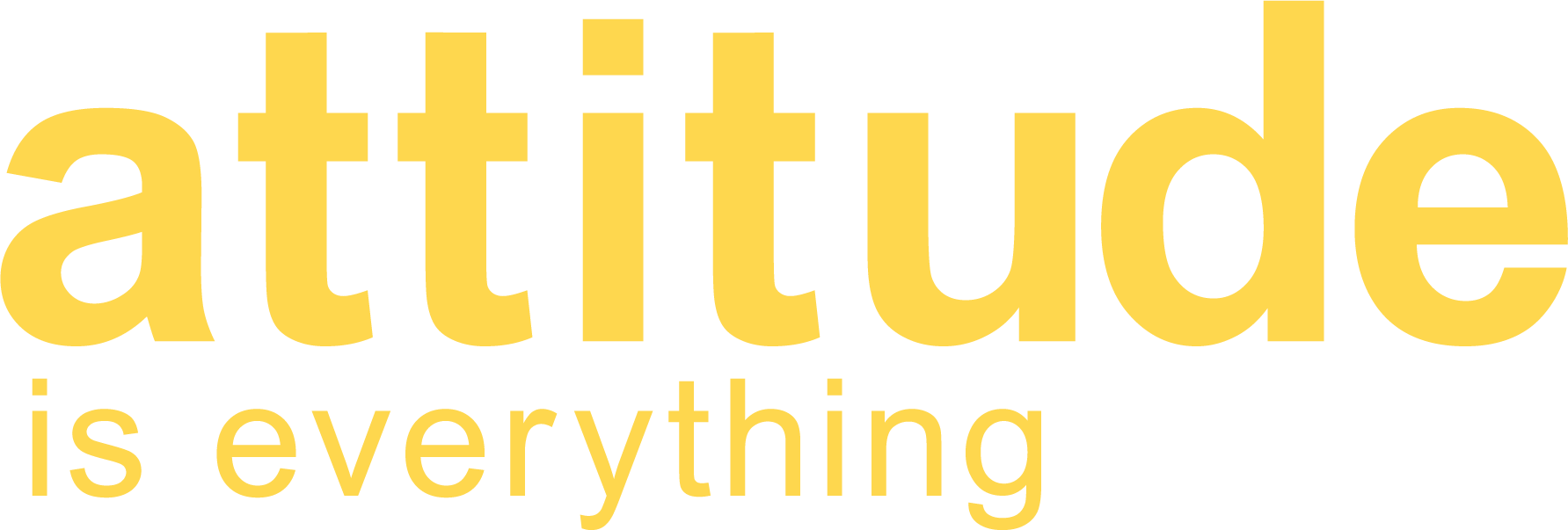‘Disability’ means many things to different people. We think there are two important ways to think about it.
Disability as a positive identity
The way disability can be dealt with in health settings, education, the media, politics and corners of the charity world results in many people thinking negatively about the idea of being ‘disabled’.
However, for many people including members of our team and networks of disabled people, strongly identifying as a ‘disabled person’ is a central part of our identity and a way to reclaim a term that can often be associated in society with vulnerability and needing to be looked after.
It can be an important moment in someone’s life to declare themselves to be a disabled person, connecting them with millions of other people around the world and a long history of self-expression, creativity and activism.
Disability as the experience of barriers
Some of us have long-term health conditions that impact our wellbeing and ability to carry out every-day tasks as we wish.
Some of us have impairments or differences but no health conditions that impact our daily lives.
What unites everyone is the way we can be disabled by barriers in society.
These barriers can be found in the built environment, be created by decisions or policies, or be the result of prejudice, ignorance or a simple lack of confidence in someone interacting with a person with an impairment, health condition or different way of communicating.
A classic example:
Someone has a mobility impairment and uses a wheelchair. They arrive at a venue with a step and there is no ramp available. With no action taken by the venue to remove the step, the venue is effectively saying:
“We’re a stepped venue, so we are not suitable for wheelchair users. It’s your problem as a disabled person, not ours”.
However, in that moment, it’s actually the lack of a ramp that is impacting the person – the venue is ‘disabling’ a potential customer who happens to use a wheelchair. If a ramp was in place, that person could carry on their way uninterrupted like any other visitor and spend their money in that venue!
This concept is known as the Social Model of Disability and underpins everything we do. We believe that most barriers are created, so can be removed. Often with little to no cost!
As an employer or service provider, the question you need to ask yourself is:
“How are we disabling people and what can we do to avoid doing so?”
That’s where we come in!
